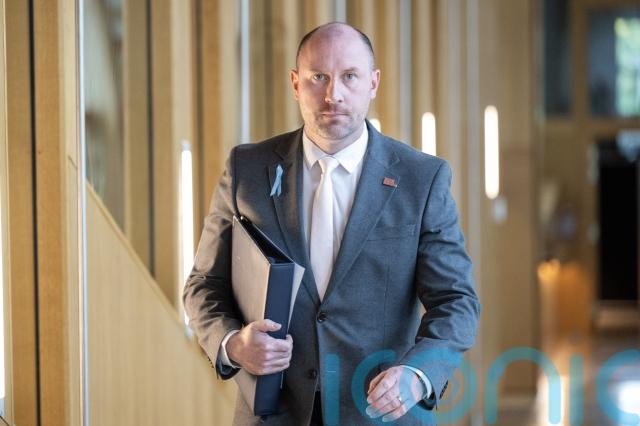
The number of Scots being seen at A&E within the four-hour target has dropped, figures show.
Statistics released by Public Health Scotland show 61.9% of patients at emergency departments were seen within four hours in the week ending October 12, down from 63.6% the week before.
Some 17,022 of type one attendances were seen and resulted in a subsequent admission, transfer or discharge within four hours, compared to 17,293 the previous week.
Some 13.5% of patients waited more than eight hours, down from 13.8% the previous week.
The figures also show 5.8% of patients waited more than 12 hours, down from 6.1% the week before.

Dr Sandesh Gulhane, the Scottish Conservative spokesman for health, described the figures as “atrocious” and said they are a “damning indictment of SNP’s continued mismanagement of our health service”.
He said: “Under (First Minister) John Swinney, our NHS is in meltdown, with well over a third of patients forced to wait more than four hours in A&E.
“These intolerable delays are leading to a needless loss of life and causing dangerous ambulance backlogs, leaving some Scots waiting almost a day for help.
“Dedicated frontline staff are working flat out for their patients, but they aren’t miracle workers. Instead of backing our medics, SNP ministers have lumbered them with (former health secretary) Humza Yousaf’s pathetic recovery plan and shambolic workforce planning.
“Winter is just round the corner, but John Swinney and (Health Secretary) Neil Gray still haven’t set out a plan to get our health service through these difficult months. They’re asleep at the wheel.

“Instead of churning out more self-indulgent independence papers, SNP ministers should get a grip and back our common-sense plans to slash bureaucracy, axe the pen-pushers and surge resources to the frontline.”
Scottish Labour’s health spokesperson Jackie Baillie said: “Nowhere is the SNP’s failure clearer than in the state of Scotland’s NHS.
“Just last month, John Swinney acknowledged that people across the country are waiting too long in A&E departments, and yet these figures show the situation is getting worse.
“The reality is that if he had any ideas on how to substantially reduce waiting times, then he would have done it long before now.”
Alex Cole-Hamilton, the leader of the Scottish Liberal Democrats, said Scotland’s A&E patients “deserve better”.
He said: “Every week is the same. Long waits used to be vanishingly rare but under the SNP they are normal. We need to see action now to relieve the massive pressure on staff before winter arrives.
“Fixing the problems in social care would help to increase capacity in hospitals and help to tackle these A&E waits.
“That’s why Scottish Liberal Democrats fought for more money for social care in the budget and back a new UK-wide minimum wage for care workers that is £2 higher.”

Looking ahead to next year’s Holyrood election, he added: “Wherever you are, every vote for the Scottish Liberal Democrats on the second preference ballot will deliver change with fairness at its heart.
“Scotland’s A&E patients deserve better – and with the Scottish Liberal Democrats, you can vote for it.”
Mr Gray said: “Current A&E performance is below the levels we all wish to see – we are working closely with all boards to ensure they have the support in place to cope with peaks in demand.
“Boards are reporting higher levels of hospital occupancy which is impacting on patient flow and leading to delays.
“This is not unique to Scotland with all UK nations experiencing similar pressures. Despite this, Scotland’s core A&E departments have consistently outperformed those in England and Wales over the past decade.
“We are investing £200 million to reduce waiting times, improve hospital flow, and minimise delayed discharges.
“We will provide direct access to specialist frailty teams in every A&E and expand Hospital at Home capacity to at least 2,000 beds by the end of 2026. These measures will help us shift the focus of care from acute to community.
Subscribe or register today to discover more from DonegalLive.ie
Buy the e-paper of the Donegal Democrat, Donegal People's Press, Donegal Post and Inish Times here for instant access to Donegal's premier news titles.
Keep up with the latest news from Donegal with our daily newsletter featuring the most important stories of the day delivered to your inbox every evening at 5pm.